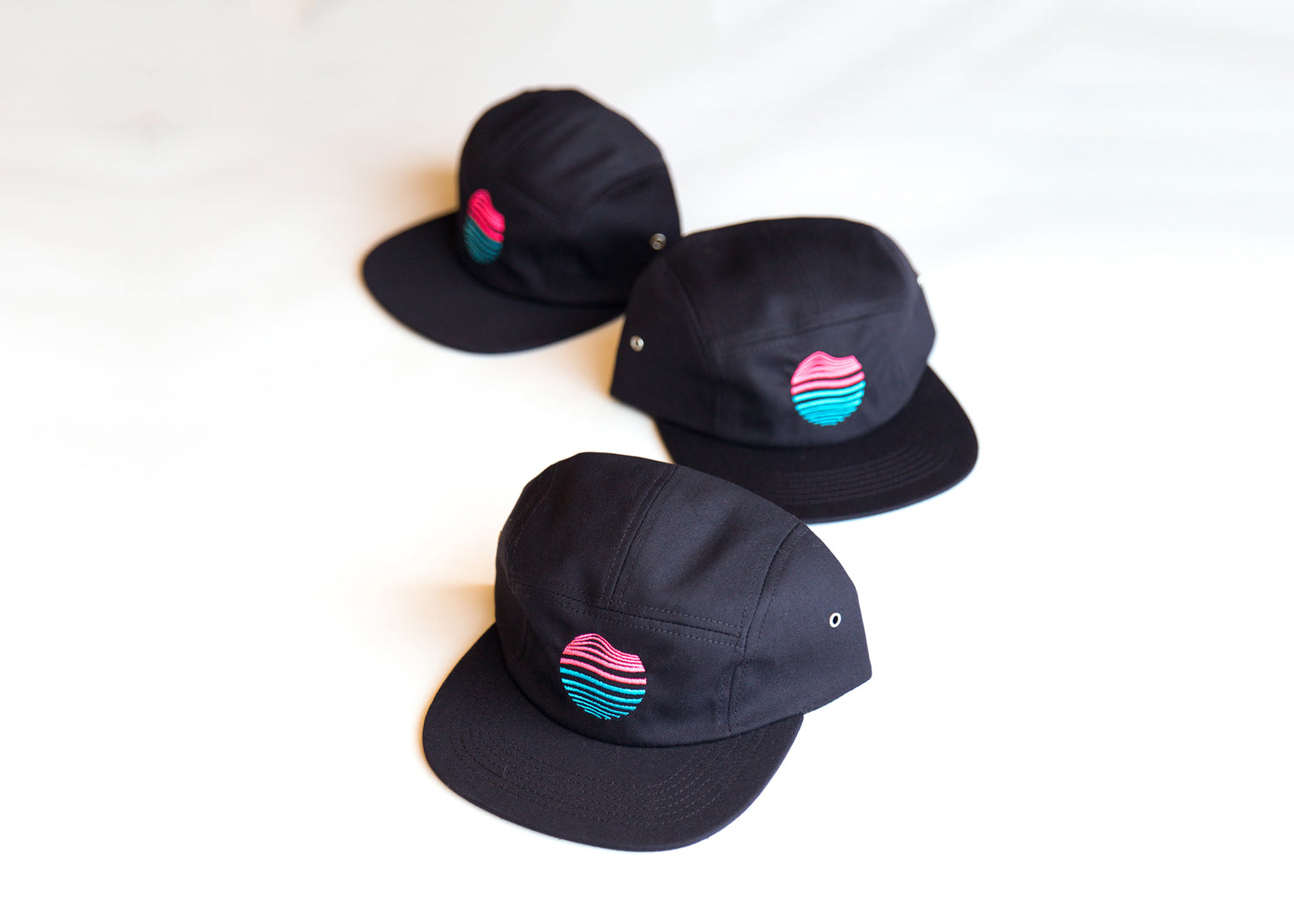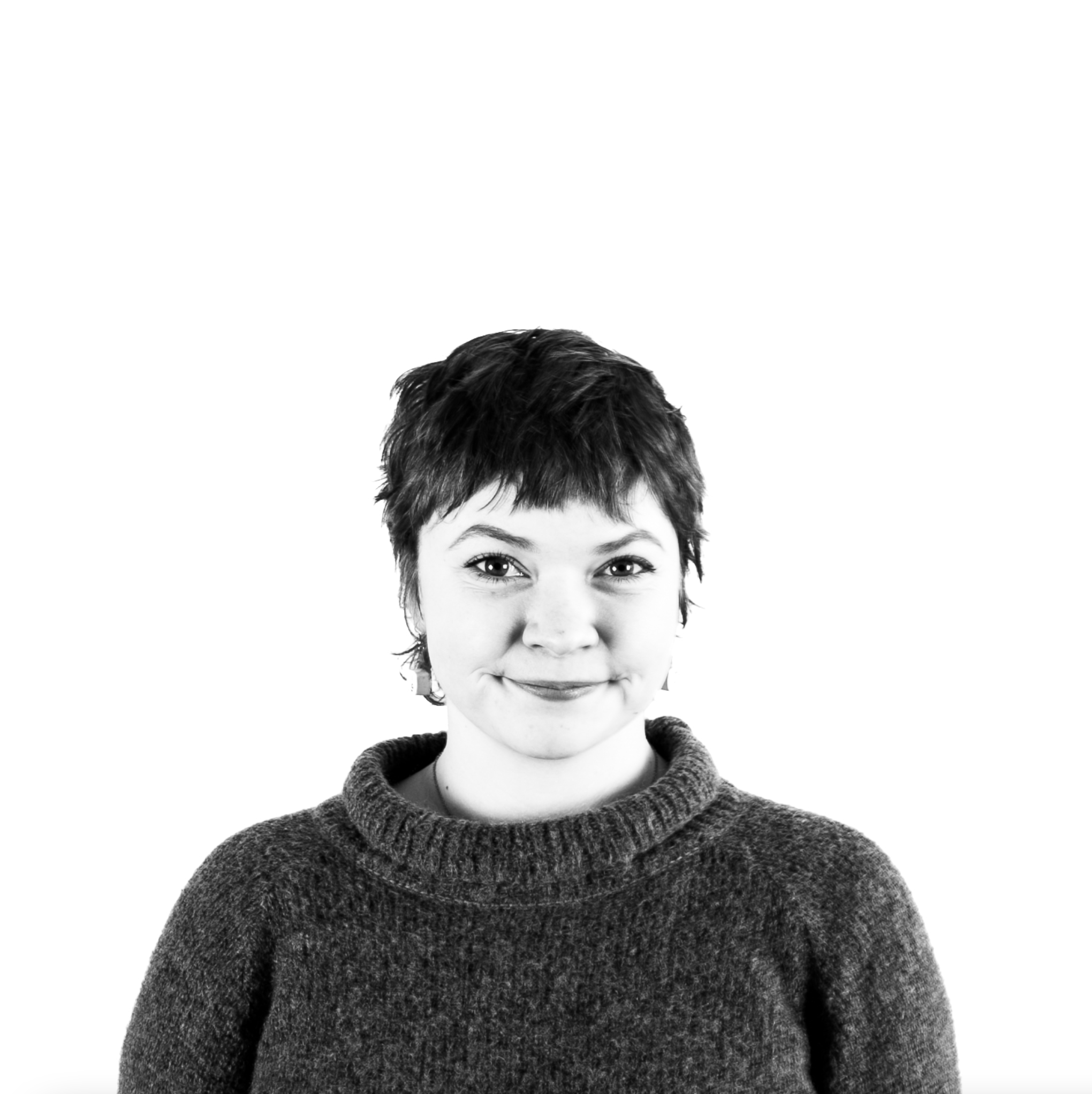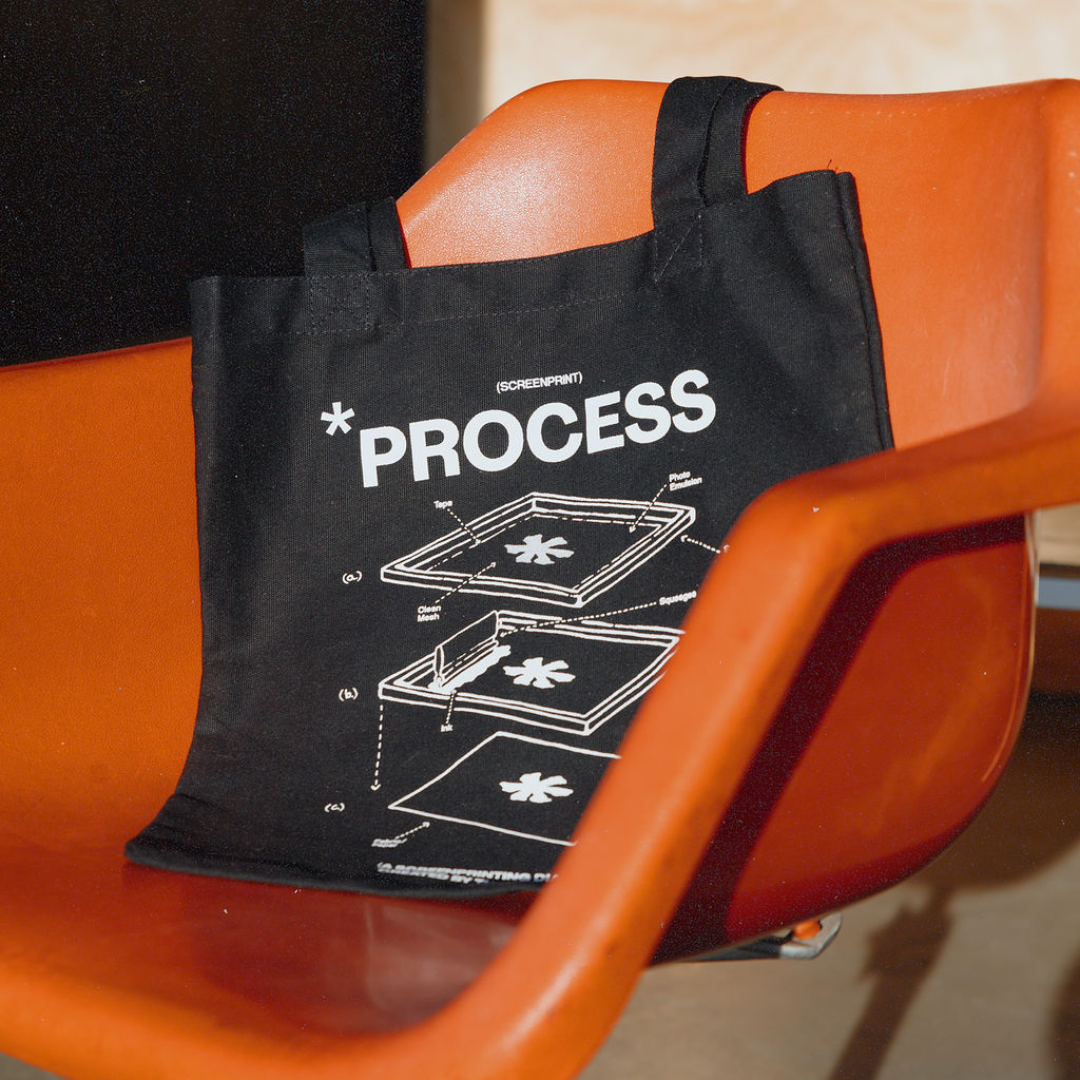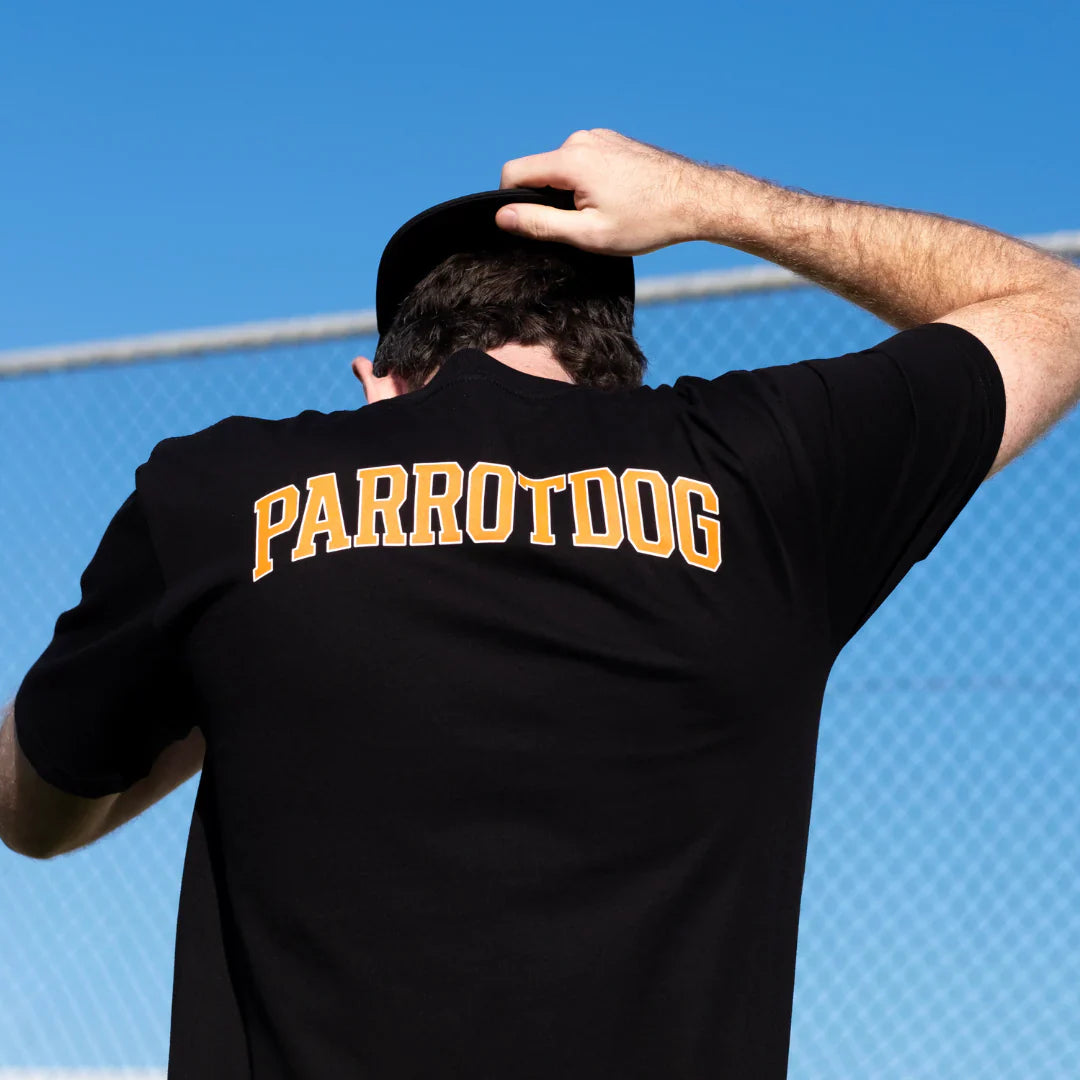
Setting Up an Embroidery Job
Set-up Costs for Embroidery
The first time we run a new embroidery job, there is a set-up cost that covers the digitising of your artwork. The digitising process basically involves converting your artwork file into a program that the embroidery machine recognises and runs on, in our case a .DST file. It can be a pretty involved process digitising artwork and we have particularly high standards when it comes to the files that we use in production. We prefer to outsource the digitising of artwork to a person that specialises in it.File Types
Digitisers aren’t too picky when creating your custom embroidered artwork, there’s a variety of different file types they can use to convert into your run program. These file types are:- .JPEG
- .PNG
- .ai
- .EPS
- .psd
- .SVG
Vectorised .PDF, .EPS and .ai files are appreciated for when we create your visual mock-ups, but not essential when creating your embroidery run program. To find out more information on how to set up files for embroidery or other production types, click here.

How We Price Embroidery
Embroidery pricing is dependent on the number of stitches in the artwork, not the number of colours used. So you can go crazy on the colours, as long as you don’t use more than 12, we can accommodate it. Generally, the larger the artwork, the higher the stitch count, but some intricate designs require more stitching to create a better-looking finish. If you’re keen on getting a quote, we can ask our artwork digitiser how many stitches your artwork will be so we can give you an accurate price, before committing to an order. We have listed the maximum sizes for each placement, check these out here.
The Number of Colours
Our embroidery machine has the ability to run up to 12 colours. So that’s the limit per artwork, sorry team!
Limitations of different garments
Different garment types and how they’re styled may create limitations on the embroidery we can run for you. A limitation could be something like a pocket or seam running through the left-hand chest area where you wanted your logo. We don’t tend to embroider through pockets, or run embroidery over seams if we can help it! So the design team would look to suggest a better alternative. Artwork size is a pretty common hurdle too, if your desired design is too big to be run in a certain location, we may have to scale things down.

Embroidery placements for Tops
We can get pretty creative with our embroidery placements for tops. We’re only really limited by where seams run. Left-hand chest or centre chest placements are most conventional, followed by a sleeve, centre back and nape embroideries. The world is your oyster!Embroidery Placements for Caps
We can embroider on a variety of places on caps to meet your needs. The standard locations are the front profile, side panels or back, but we can also embroider the strap if you ask us nicely! We've made a list of our top 10 garments to embroider, have a wee browse and check out whether your top 10 is any different. 
Beanie/Fleece ground stitching
We like to use ground stitching when embroidering onto beanies or fleeces. The ground stitching is matched to the garment colour and flattens out the area to be embroidered. This means there shouldn’t be any tufts of material poking through your artwork where it shouldn’t be! The ground stitching also provides further stabilisation to the embroidered area, so there’s less chance of movement, distorting your design as it is being stitched out. 
Waterproofing Methods
Embroidery puts needle-sized holes in your garment in order to create the artwork, we’re sorry, but it’s necessary! If you’re worried about water coming through these holes on a waterproof garment, we can apply a lining on the inside of your garment to re-waterproof the area.
Why Embroidery is Great for Workwear
Embroidered branding on your workwear is pretty great. We’re biased of course, but it is. Embroidery often has a higher value than that of its cousin, screen-printing. Embroidered designs will often outlive the garment, are hardwearing and once they’ve been set-up, we can replicate them pretty easily for small to large scale runs.
How we keep our embroidery department sustainable
Lowering our carbon footprint is at the heart of everything we do here at The Print Room. From composting our fusing, the choice or thread provider, to how we dispose of our waste, we try and ensure our embroidery department is as sustainable and eco-friendly as it can be. To read more about our practices and processes, see here.
Now that you know more about embroidery and how to best set up your job, jump on over to our quote page to get your next merch order underway.



